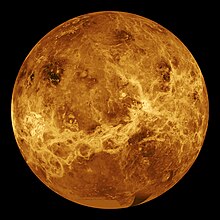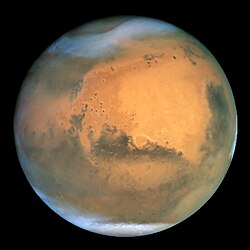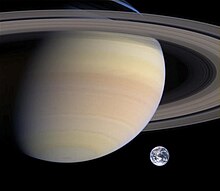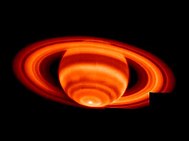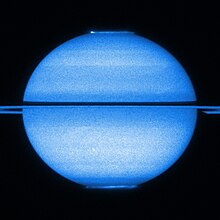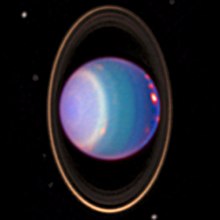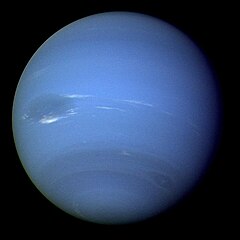Summary 1, Energy Resources:
What means biomass: Bio means live and Mass amount of matter.
Examples of Alternative Energy Resources:
- Wind Energy
- Water Energy
- Solar Energy
- Geothermal Energy
Do we can make methane? Yes we can make methane with many differents food, 1 food to make methane is the corn. In Brasil they produce the methane with the corn.
Summary 2, Living Things and their Environment:
Biotic is a living thing.Abiotic is a nonliving thing.
Ecosystem
Biotic Abiotic
Animals, Fungi, Protist, Plants, Bacteria Soil, Minerals, Light, Area, Rocks, Water
Summary 3, Food Chain and Food Web
Food Web
























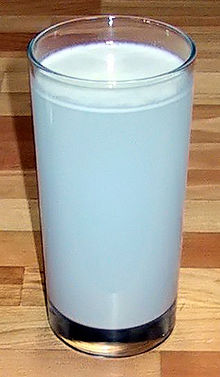
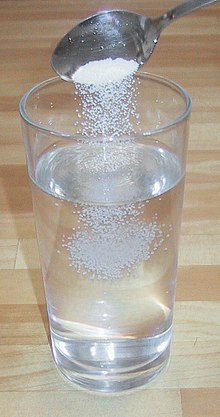





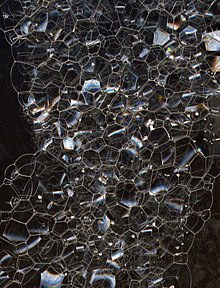
 0
0


